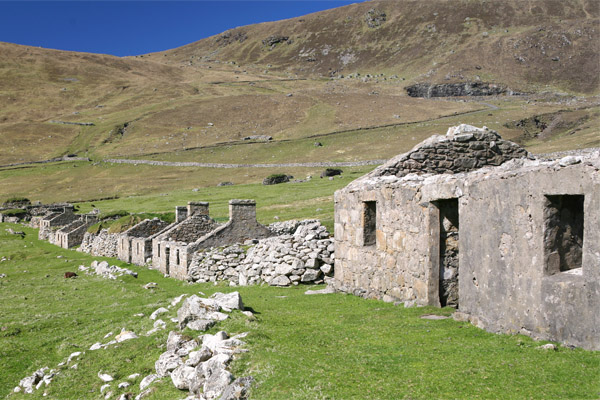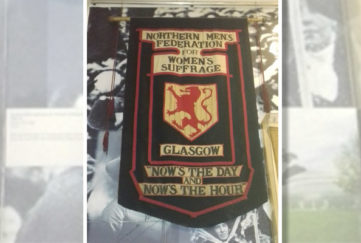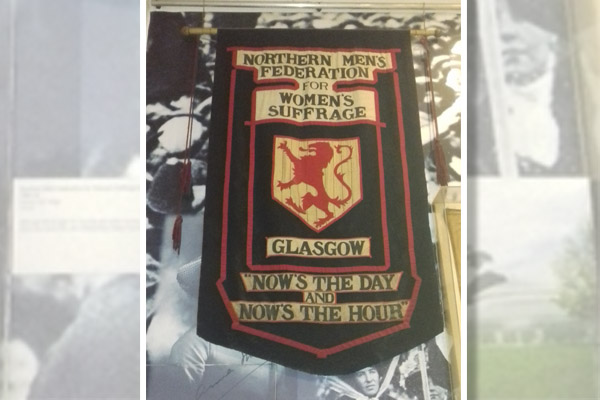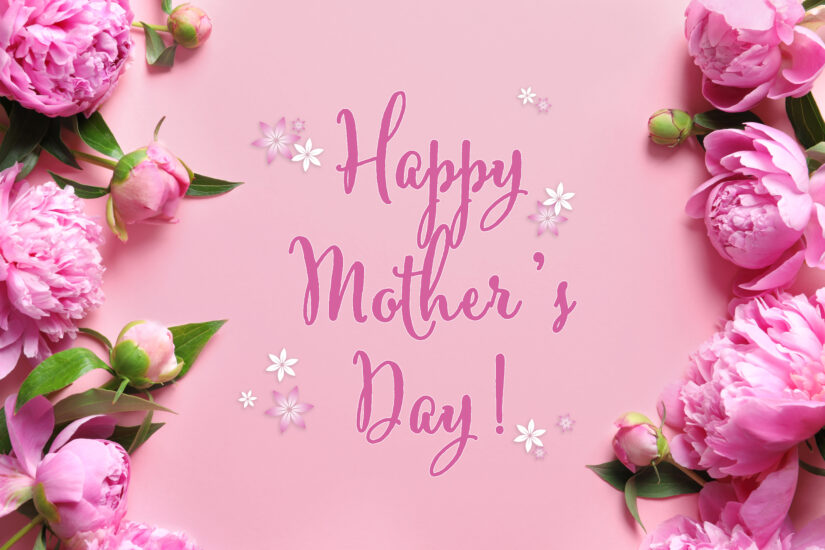Writing Prompt Story Starter: St Kilda

This week’s Story Starter is all about ways of life.
2020 marks the ninetieth anniversary of the evacuation of St Kilda.
The thirty-six residents remaining on Hirta, the archipelago’s main island, were evacuated on 29 August, 1930.
Inhabitants of the islands had written to the Secretary of State in May of 1930 to ask for help, as life on the islands had become unsustainable.
Passed to the skipper of the first passing trawler, that letter would reach George Henderson, Inspector of Public Health, who would visit St Kilda himself shortly afterwards and report that “swift action” was required.
There were already precedents — the islands of Mingulay and Pappay had been evacuated in 1912.
Cut off by bad weather for up to nine months of the year, St Kilda is the UK’s only Dual Unesco World Heritage Site, for cultural as well as natural heritage.
In the care of the National Trust for Scotland since 1957, it’s home to an astonishing one million seabirds, including the UK’s largest colony of Atlantic puffins.
Life on St Kilda
So what had life been like as a St Kildan?
Most were crofters; sheep were grazed on nearby islands of Boreray, Soay and Dun. Surprisingly, they weren’t fisher folk — the waters were too dangerous, and no St Kildan could swim.
Fruit and veg weren’t on the menu, either, as only a few potatoes could be grown.
Every morning, between House No 5 and House No 6, a meeting known as the St Kilda parliament would determine and delegate tasks.
That meeting could be a Story Starter in itself!
Why did things change?
When 36 St Kildans emigrated to Australia in 1852, the decline in population began.
In 1876, the first “St Kilda mailboat” was dispatched, as a distress signal.
This was a letter sealed in a wooden container attached to a homemade buoy. It would be the first of many such SOS messages as food shortages became more common.
And as the island opened up to visiting tourists, the islanders grew more reliant on outside imports of food, fuel and building materials.
The First World War brought a naval detachment and regular deliveries of mail and food to St Kilda, from military supply vessels. When these were withdrawn at the war’s end, more young St Kildans left.
Crop failures in the 1920s and a bad winter in 1929 added to the islanders worries.
The final straw came when one of the islanders, Mary Gillies, died because bad weather delayed the boat taking her to hospital.
A new life
On the day the islanders departed, they left all doors unlocked, a handful of oats and a copy of the bible in each house, appropriately opened at the Book of Exodus.
The shawled women waved goodbye to the island until it was out of sight.
Once on the mainland, many St Kildans had their first sight of cars, and of trees (there are none on the island).
Ironically, many of the islanders would go on to be offered work in the Forestry Commission.
Does this spark an idea?
So — could this fascinating island spark an idea for you this week?
Island life. Changing ways of life. Life on the Scottish islands, and on remote islands.
The mail. Lifeline deliveries. Tourism, and its impact.
The St Kildans themselves, and their stories. Who lived there before the evacuation? Who lives there now?
Good luck with your writing this week.
Looking for another Story Starter? Click here to browse through our archive.










